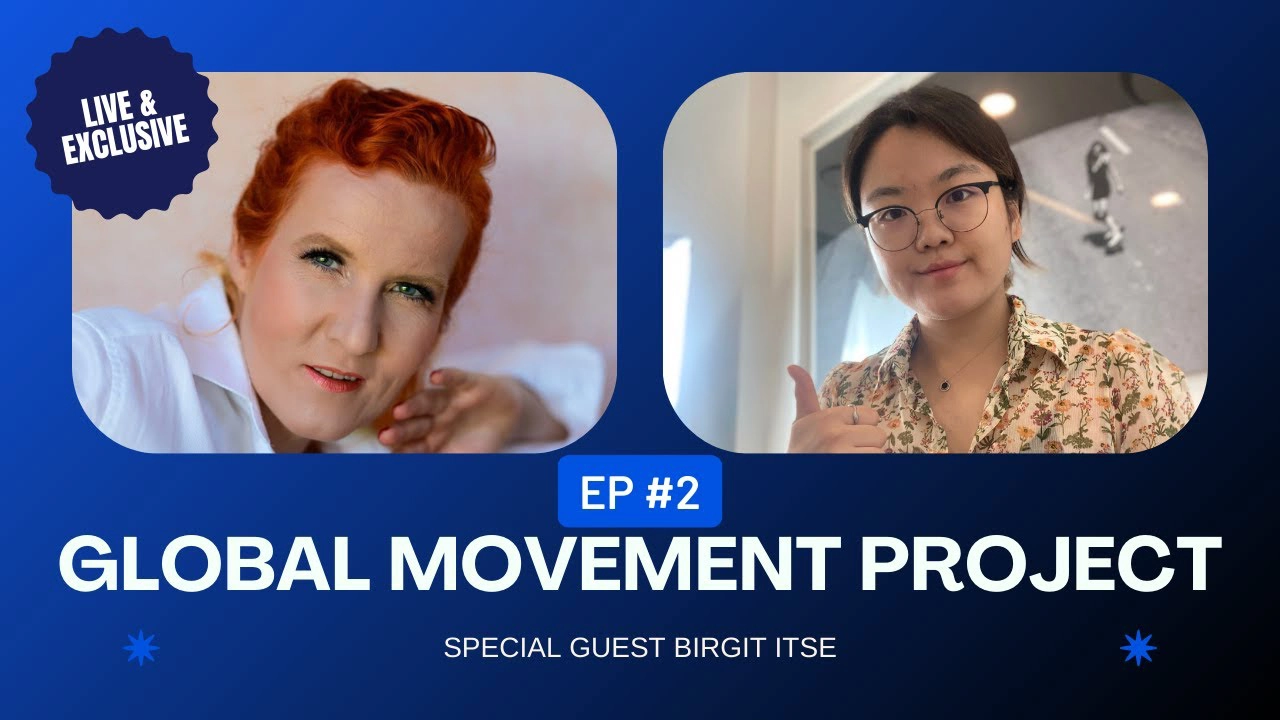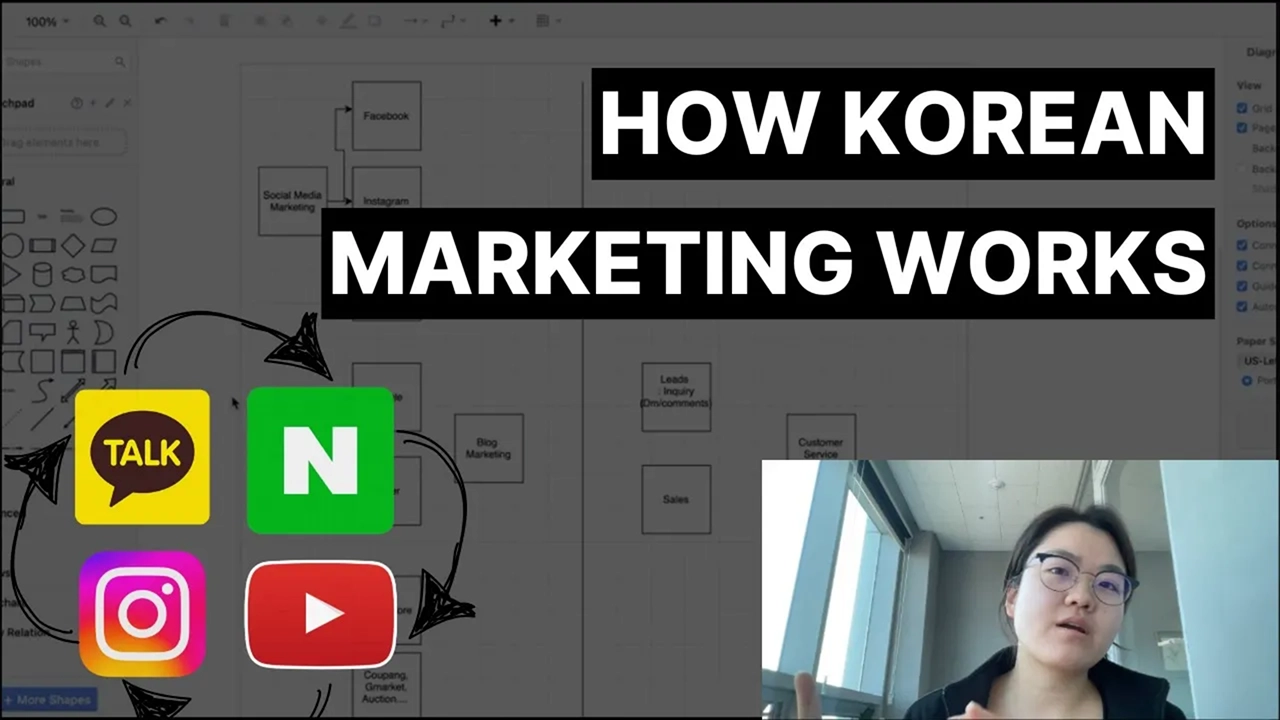Working with international brands entering Korea has taught me something important: there’s a huge difference between being “ready to launch” and being “ready to succeed.”
Over the past couple of years, I’ve noticed a clear pattern. Brands invest heavily in product development, market research, and team preparation. They check all the obvious boxes. But then something goes wrong during execution.
Three recent client experiences perfectly illustrate why this happens – and more importantly, how to avoid it.
The 20% That Makes or Breaks Your Launch
Here’s the pattern I keep seeing: Brands complete 70-80% of their preparation work, then assume the remaining 20% will sort itself out once they go live.
But that final 20%? It’s often the most critical piece.
Case #1: Jumping straight to solutions without strategy
Just last week, a global training company based in Malaysia reached out. They had everything going for them – strong product, proven track record in other markets, solid team. They were confident they were ready for Korea.
But when we dug deeper, we discovered they were ready to jump straight into execution without understanding who their Korean audience actually was or how they differed from competitors already in the market.
They needed target audience research and competitive analysis first – not marketing solutions. Sometimes being “ready” means taking a step back to build the foundation properly.
Case #2: When "ready" isn't really ready
Back in 2024, a hair loss products company came to me through their distribution partner. They had a strong product – over 1,000 customers had already used it with great results. But they had zero customer data management, no clear brand voice, and no sense of who they should be targeting in Korea.
The CEO told me: “Even with those results, it’s a shame that there’s really no customer data management.”
We stepped in to help map their unique selling points, identify three distinct audience segments, outline platform strategy, and create a localized content framework with clear execution steps.
The client’s feedback? “I was driving, but even with a brief look, I was able to gather quite a few insights.”
Unfortunately, due to collaboration issues between the companies (distribution partner & the client), the strategy couldn’t be fully executed. But the framework we created gave them the roadmap they needed to move forward strategically rather than just hoping for the best.
Case #3: When you get the strategy right from day one
Now contrast those with an Australian skincare brand that approached us just this past December for their Korean market launch. They were in a similar position – great product, success in other markets, but zero presence in Korea.
The difference? They came to us BEFORE launching, not after struggling.
The challenge was intense: Costco Korea offered only a 2-month trial period to prove sales performance, with potential expansion to Costco Japan riding on success. Limited budget (under $50K) competing against brands spending $1M+.
We developed a comprehensive local-first approach: brand DNA formulation, strategic community targeting, systematic content strategy, and leveraged existing Costco communities for credibility.
- 3 weeks: 1K units sold, 1.3M views, 30 verified organic reviews (4.785/5 rating)
- 2 months: 8.6K units sold, 4.5M views, 5.43X+ ROI
- Client feedback: “Please could you let me know if you can just continue the program as you are doing so well.”
The pattern I keep seeing:
The training company thought they were ready for execution, but needed foundation work. The hair loss brand had the foundation but lacked strategic direction. The Australian skincare got both the foundation and strategy right before launching.
Korea’s digital landscape moves incredibly fast. What works in other Asian markets doesn’t automatically translate here. Even brands that crushed it in Japan or Singapore can find themselves starting from zero in Korea.
So how do you know if you’re actually ready?
I’ve been working on a framework to help brands assess their true readiness level. It’s not about checking boxes – it’s about understanding whether your strategy is aligned with how Korean consumers actually discover, evaluate, and buy products.
The questions I always ask brands:
- Do you know which platforms your Korean audience actually uses for discovery vs. purchase decisions?
- Can you explain why your messaging would resonate with Korean consumers specifically?
- Do you have a content strategy that feels native, not translated?
- Is your team aligned on what success looks like in this market?
Want to test your readiness level?
I put together a quick assessment based on the patterns I see with successful vs. struggling brands.
It takes about 5 minutes and gives you a realistic picture of where you stand.
What I’ve learned after helping brands across 9+ industries start Korea, Japan and beyond:
Being “ready to launch” and being “ready to succeed” are two different things. Sometimes you need foundational research first. Sometimes you need strategic direction. And sometimes you need both before you’re truly ready to execute.
The good news? Most gaps are fixable with the right approach. You probably don’t need to rebuild everything – you just need to understand what stage you’re actually at and what comes next.
Your turn: What’s been your biggest concern about launching in Korea? I’d love to hear your thoughts in the comments!
Next week, I’m sharing a deep dive into the 3 platform strategies that actually work for international brands in Korea. Stay tuned!
Ready to Get Your Korea Strategy Right Before You Launch?
I’m currently working with a limited number of brands on their Korea/Japan market entry strategies to keep the quality high and results focused.
If you’re serious about entering these markets strategically (not just hopefully), let’s talk.
your next big win?
This playbook cuts through the noise and gives you the blueprint to enter with impact.



